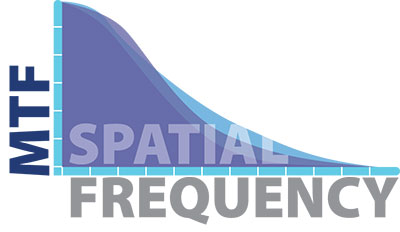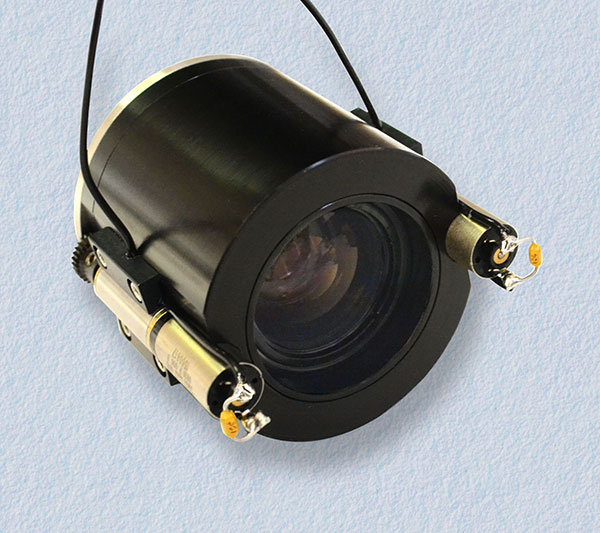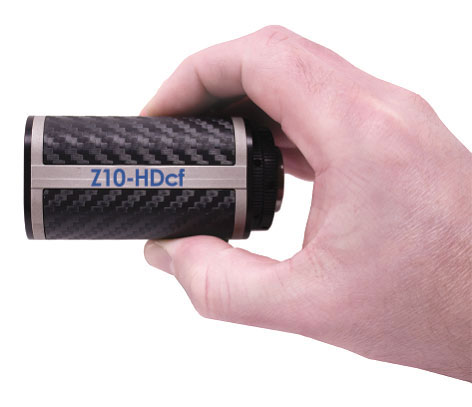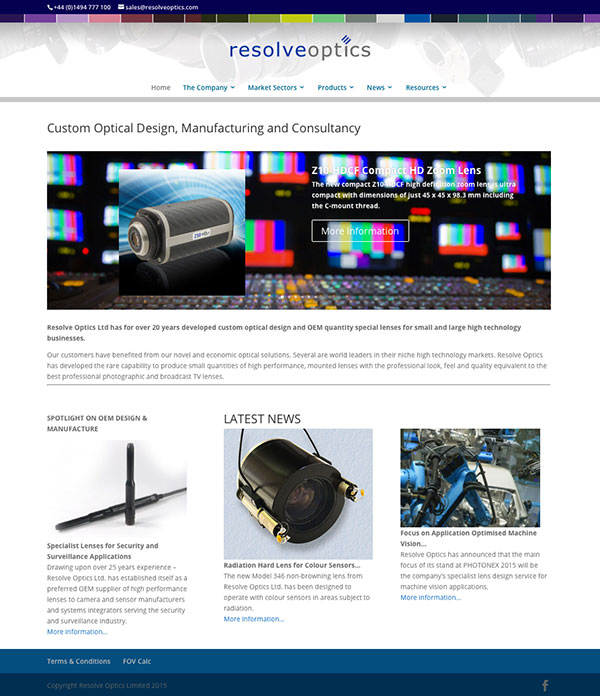ViewPoint
In this feature Resolve Optics offers its view on areas of topicality within the optics industry, we welcome your feedback.
Feedback Form
The Importance of Specifying Your Lens Correctly
By Mark Pontin, Managing Director

By the very nature of the myriad of applications in which lenses are used, producing an optimised optical solution tailored to suit each customer’s needs requires a careful strategic approach.
Adopting a custom lens design has traditionally been viewed by many as a more expensive option than selecting an 'off-the-shelf' lens. At Resolve Optics we work with our customers to keep design and development costs to a minimum. A critical step in the process of keeping costs down is to specify your lens correctly. Our team of optical designers and engineers work closely with customers to understand their application fully. This investment of time enables us to specify the lens correctly for your specific needs and most importantly to ensure that you understand the specification.
The main aim of our well proven approach to custom lens design and manufacture is to get the design through prototyping to production with the minimum of fuss so making sure the lens meets or exceeds the specification at all points throughout prototyping and production. This attention to detail ensures the customer of a quality product at the best possible price and in the shortest possible time.
To learn more about custom OEM lens design and manufacture at Resolve Optics please watch this video - http://www.resolveoptics.com/oem-design-and-manufacture.html |


 In this occasional 'How To' feature, the technical team at Resolve Optics provide you with useful instructions, hints and tips to assist you in your daily work.
In this occasional 'How To' feature, the technical team at Resolve Optics provide you with useful instructions, hints and tips to assist you in your daily work. MTF testing is more of a Go / No Go test and consequently is preferred as a method of qualifying that a lens is achieving its target design resolution. Because the set-up of an MTF test is very critical it does readily not lend itself to production testing. Once you have the MTF test set-up for the lens being tested the software will then tell you what percentage of MTF you have at the designated spatial frequency. For example the lens specification may say that resolution is to be >50% contrast at 80 cycles/mm. Any lens tested that fails to achieve at least 50% MTF will not pass test and therefore will require rework. Unfortunately, the MTF test provides very little diagnostic information that might help to identify why the lens is not passing the resolution test.
MTF testing is more of a Go / No Go test and consequently is preferred as a method of qualifying that a lens is achieving its target design resolution. Because the set-up of an MTF test is very critical it does readily not lend itself to production testing. Once you have the MTF test set-up for the lens being tested the software will then tell you what percentage of MTF you have at the designated spatial frequency. For example the lens specification may say that resolution is to be >50% contrast at 80 cycles/mm. Any lens tested that fails to achieve at least 50% MTF will not pass test and therefore will require rework. Unfortunately, the MTF test provides very little diagnostic information that might help to identify why the lens is not passing the resolution test. It is a strange fact in optical design that the higher the resolution requirement the greater the number of elements (lenses) required in the system.
It is a strange fact in optical design that the higher the resolution requirement the greater the number of elements (lenses) required in the system. 





